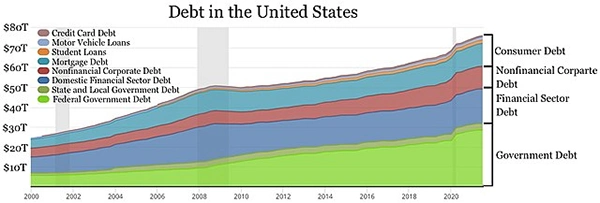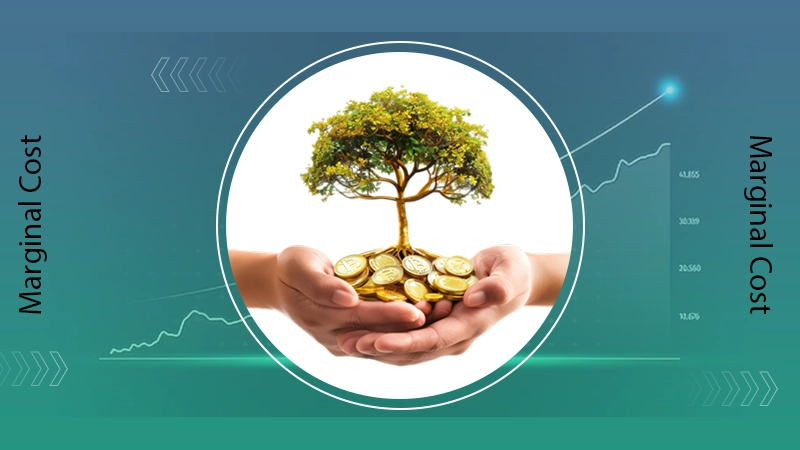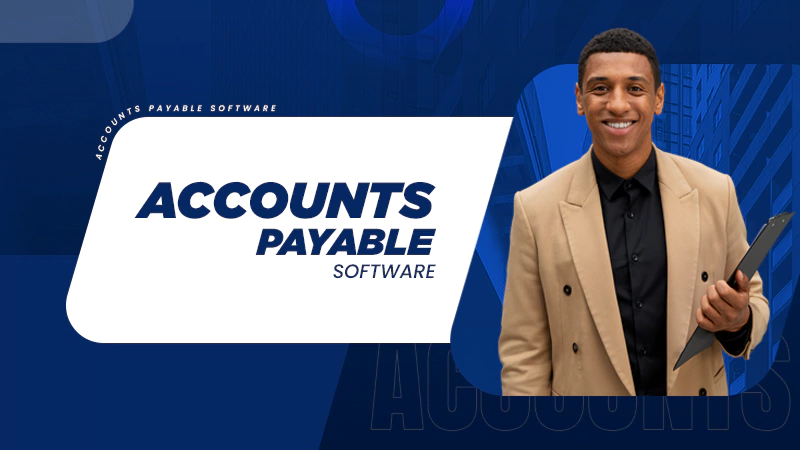Each year, millions of taxpayers around the globe find themselves burdened with taxes, which many of them manage to pay, but some can’t.
And, this is why the government of the United States offers substantial financial support to all individuals and businesses in the form of The IRS Debt Forgiveness Program.
This ultimate solution serves as a beacon of hope for all individuals who are having trouble meeting their tax obligations. So, if you’re someone who often questions “why am I getting tax debt relief calls?” this read will help you explore all the ins and outs of the IRS Debt Forgiveness.
Let’s get into it! Also, learn about TaxSavingExperts.com Reviews by reading this article.
IRS Tax Debt Forgiveness – The Basics
The IRS Debt Forgiveness, as the name suggests, is a key financial support offered by the government of the United States. This allows eligible taxpayers to settle their debts in the lesser amount they owe to the government.
This serves as an ultimate lifeline for all businesses and individuals who are overwhelmed with tax liability. It offers them a chance to have a fresh start and regain their financial stability. But you know what, there is a whole variety of these programs, here take a look at some of them:
Offer in Compromise: OIC is a program that allows taxpayers to pay the lesser amount they owe to the government during difficult times.
Innocent Spouse Relief: ISR, as the name suggests, assists innocent spouses who are unfairly being held responsible for their ex or spouse.
Currently Not Collectible (CNC) Status: Taxpayers can also avoid paying IRS debts when they are currently not employed or sick under the CNC status.

How to Qualify for IRS Debt Forgiveness
The final eligibility for debt forgiveness is ultimately decided by the IRS itself, depending on a range of factors. While the entire eligibility may differ according to the program, here are three fundamental aspects that a taxpayer must consider to be eligible for debt forgiveness.
Financial Hardship Moment
The taxpayers are required to prove that they’re struggling financially and can’t afford to pay taxes. And, they might even reject the taxpayer’s request if the offered amount is less than the reasonable collection potential (RCP). This is also measured by the taxpayers’ ability to pay by further analyzing their financial assets such as real property, bank accounts, automobiles, and other property.
Tax Compliance
Individuals, looking for some compensation for their IRS debt, are required to comply with their existing financial obligations. This also includes filling out tax returns on time and making sure that those are paid promptly. Non-compliance with the taxes can have a major impact on one’s eligibility.
Debt Amount
The different programs offer a cap on how much a taxable expense could be forgivable. This is why individuals are required to be aware of how much taxation they are required to pay or whether it falls within the acceptable limits of the scheme or not.
Do You Know?
Not settling the IRS debts properly can result in a range of consequences, such as garnished wages, levied bank accounts, and tax liens on property.
The Benefits and Drawbacks of the IRS Debt Forgiveness Program
Now that you have a whole understanding of what the scheme is all about, here take a look at all of the major benefits and drawbacks of the system.
Benefits of the IRS Debt Forgiveness Program
The best thing about these policies is that allow individuals a greater opportunity to manage and get compensated for their taxes. This gives them a fresh start by relieving them of their financial obligations.
Another major benefit of it is that it allows taxpayers to settle their taxes by the overall reduced amount they previously owed to the government.
Additionally, taking part in these schemes can help individuals get rid of all the major harsh enforcement actions of wage garnishment or property seizure. By making use of these policies, taxpayers can regain control of their finances.
Drawbacks of the IRS Debt Forgiveness Program
Despite offering some substantial financial benefits to its participants, there are also some potential downsides to the scheme. And, one of the most crucial of them is not allowing every participant to get compensated as the eligibility criteria are very specific.
This may also include some tax implications, as they often consider the forgiven amount as taxable income. This is why it becomes essential for taxpayers to consult with a financial expert.
Moreover, to successfully complete the scheme, the taxpayers are expected to comply with every requirement within the policy. This may also include agreeing to the payment and other conditions, making it a potential downside for the participant.
Conclusion
In closing, the IRS Debt Forgiveness is major financial support for all the businesses and individuals who just couldn’t manage to pay off their taxes this time. Not only does it unburden the amount they need to pay, but it also allows them to regain their financial control.
However, just like any other financial plan, it also comes with some crucial considerations. This is why it is often advised to consult with a tax professional, before participating in the scheme.








